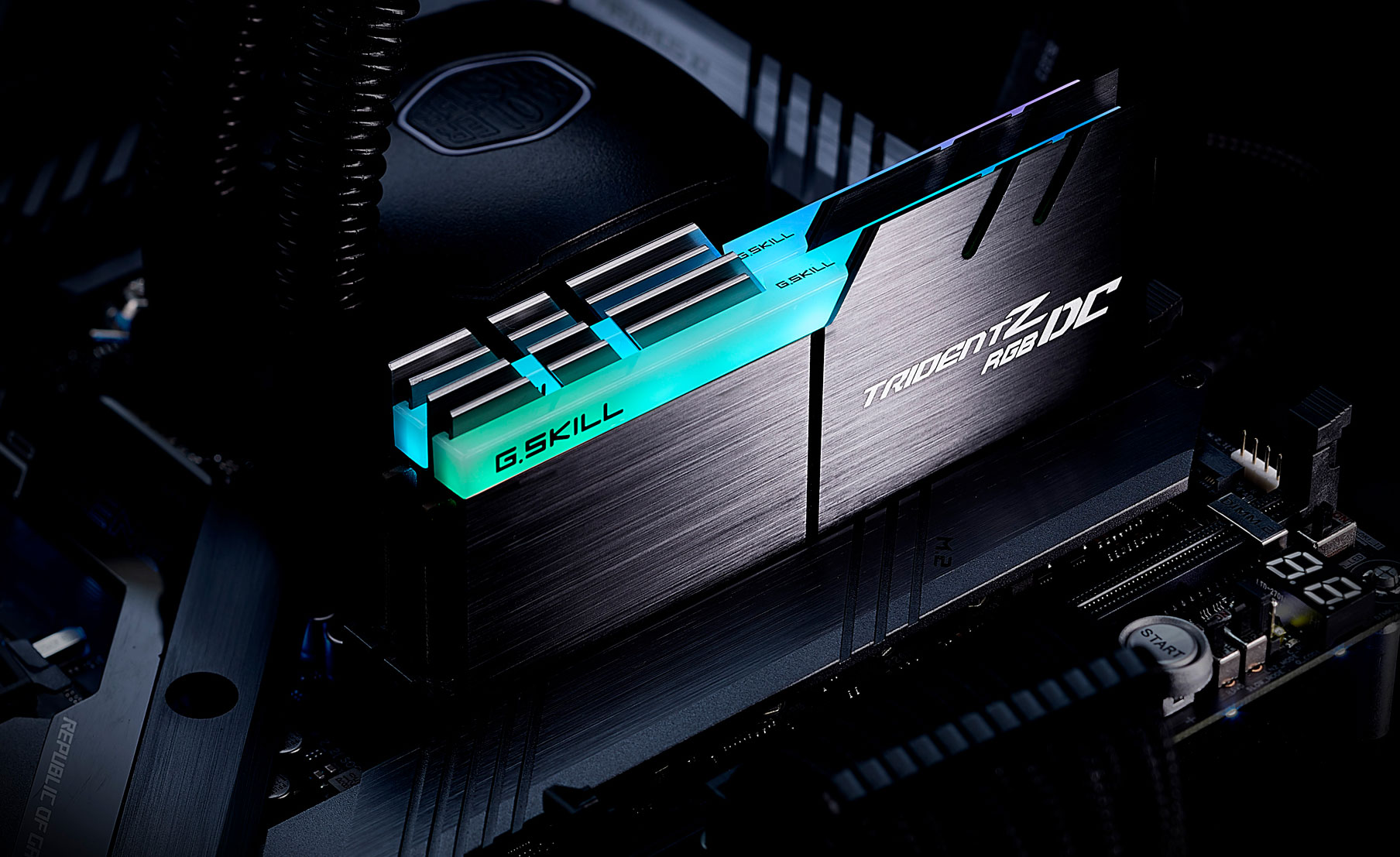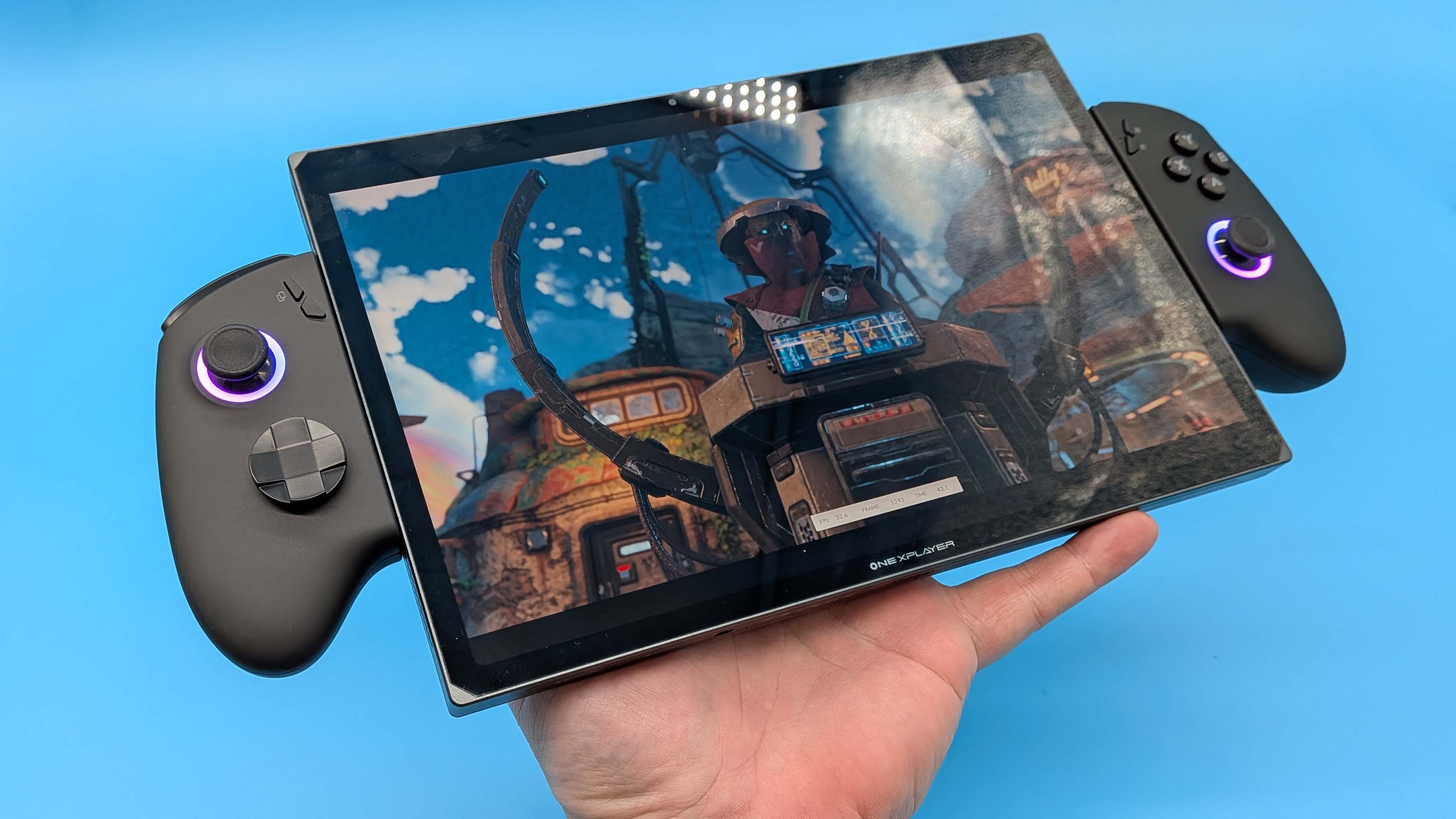Memory prices could see a steep decline in 2019 even as chip makers cut production
Pricing could fall as much as 20 percent in 2019, according to a market analyst.

One of the encouraging trends we saw during the latter part of 2018 was a drop in DRAM prices. This followed a normalization in the GPU market after the cryptocurrency mining crash, and suddenly it became financially feasible to build a PC from the ground up again, rather than resort to buying a prebuilt system in an effort to get the most bang for your buck. This trend is likely to continue throughout 2019.
We've written about this before, how memory prices have fallen and are projected to slide even further this year. However, I wondered if that would still be the case after reading a report by DRAMeXchange, a division of TrendForce, that memory makers are trying to offset lower prices by slowing down their capacity expansion efforts.
"Samsung and SK Hynix have been the first two suppliers who announced the plans to cut their 2019 semiconductor capex (capacity expansion). Samsung, the market leader, would spend $8 billion on capex in 2019, mainly for migration to advanced process (1Ynm) and development of new products. Samsung’s 2019 plan for wafer starts would be the most conservative in recent years," DRAMeXchange said.
"The company has also decided to terminate the production capacity expansion in its Pyeongtaek fab, which will lower Samsung’s annual output growth to around 20 percent, a new low over the years," DRAMeXchange added.
Micron is reportedly cutting its capacity expansion as well, which means that all the major players in the memory chip market are adjusting their plans to account for recent price drops.
From a consumer standpoint, this is concerning because we've finally started to see memory prices come down. Does this mean they're going to level out at current levels, or even shoot back up? I asked that question to Avril Wu, an analyst at DRAMeXchange, and specifically inquired about her firm's projections on consumer pricing (as opposed to contract prices that companies like G.Skill pay for memory chips).
"Even though DRAM manufacturers have revised their 2019 capex downwards, slowing down the capacity expansion, we still believe that memory prices would continue to drop in 2019. Particularly, the prices of consumer DRAM would decline by over 20 percent this year," Wu told me.
Keep up to date with the most important stories and the best deals, as picked by the PC Gamer team.
A 20 percent drop is not insignificant. A typical 16GB kit (2x8GB) of DDR4-3000 memory goes for around $105 on Newegg. If prices drop the way DRAMeXchange predicts, those same kits would sell in the neighborhood of $84.
If that happens, memory pricing would be closer in line to where it was before it shot through the roof. Combined with better GPU prices (on Pascal and Polaris, anyway) and recent drops in SSD pricing, building a powerful gaming PC in 2019 could be markedly cheaper than it was in 2018. Let's hope that comes to pass.
Paul has been playing PC games and raking his knuckles on computer hardware since the Commodore 64. He does not have any tattoos, but thinks it would be cool to get one that reads LOAD"*",8,1. In his off time, he rides motorcycles and wrestles alligators (only one of those is true).


